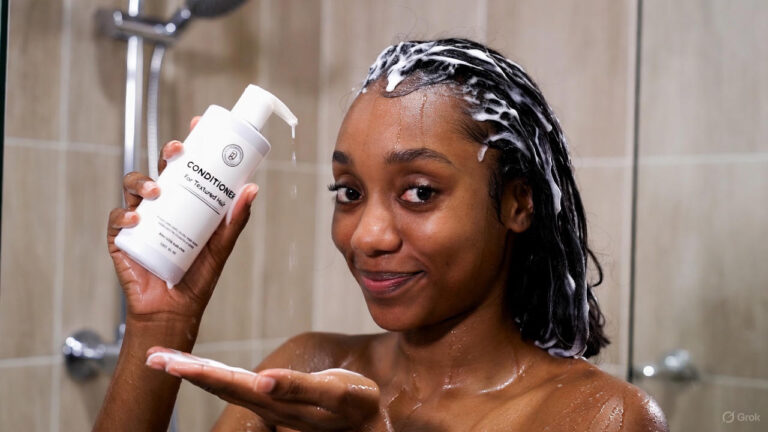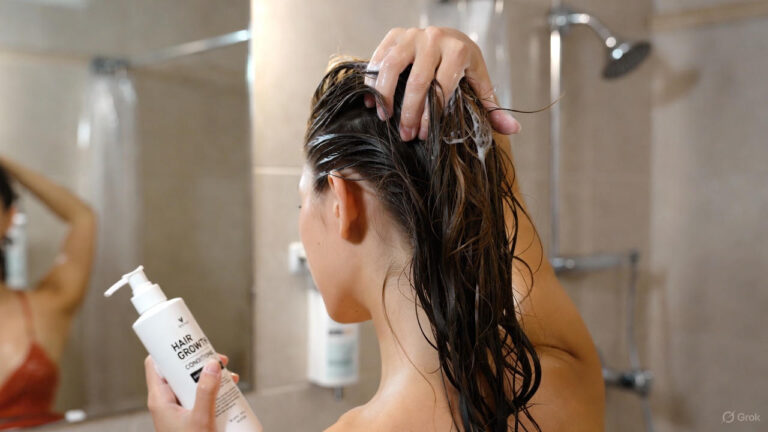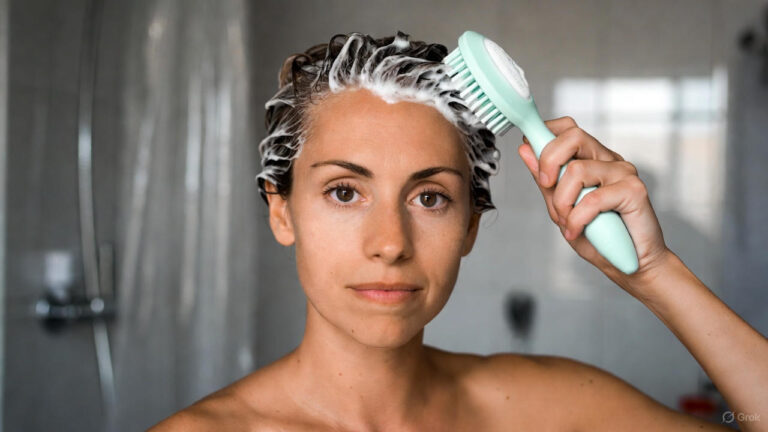Hair is more than just a physical attribute; it holds the power to reflect our personality and serve as a canvas for self-expression.
As trends come and go, dyeing hair has become increasingly popular, allowing individuals to transform their looks and experiment with different colors.
However, beneath the excitement and allure of vibrant hues lies a series of hard lessons that I, too, learned through personal experience.
In this article, I will share five valuable lessons I learned from dyeing my hair, unveiling the importance of proper preparation, seeking professional assistance, understanding the impact on hair health, embracing unexpected outcomes, and practicing patience.
Lesson 1: Proper Preparation Prevents Disastrous Results
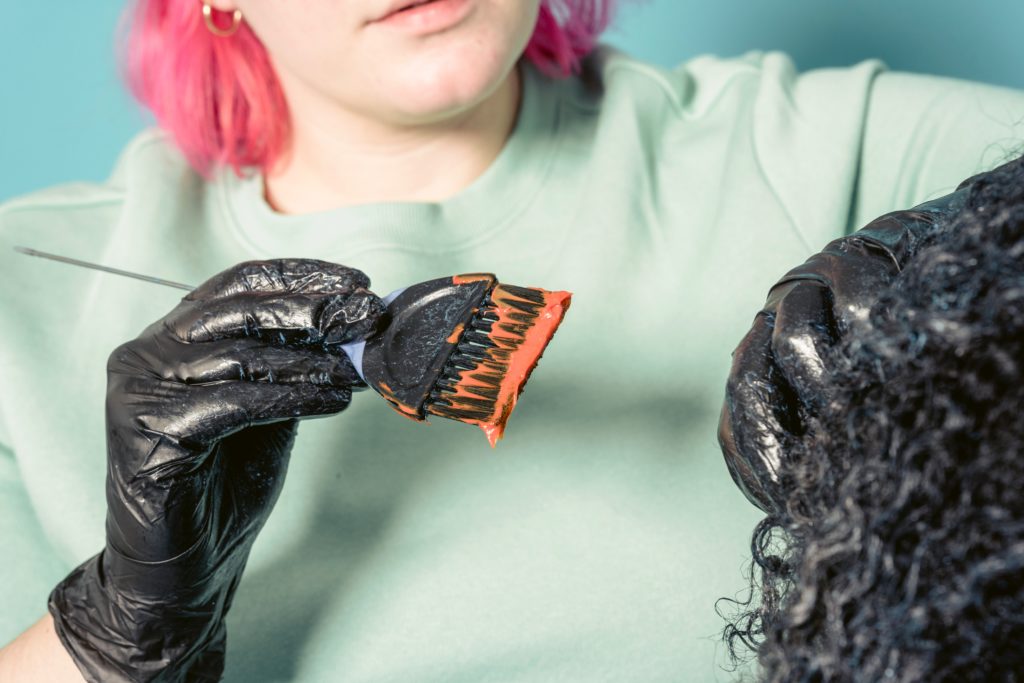
Before venturing into the world of hair dye, it is essential to understand the significance of thorough preparation. Here are some key points to consider:
- Researching and selecting the right dye product: Each hair type and color requires specific dye formulations for optimal results. Understanding your hair’s needs and consulting professionals or online resources can help you choose the most suitable product.
- Performing patch tests: Allergies and adverse reactions can occur, so it’s crucial to conduct a patch test before applying the dye to your entire head. This simple step can save you from potential discomfort and help you avoid unwanted complications.
- Protecting your skin and surroundings: Hair dye stains are notoriously stubborn. To prevent skin staining, apply a protective barrier, such as petroleum jelly, along your hairline and ears. Cover your clothing and surrounding surfaces with towels or old sheets to minimize potential damage.
- Considering the commitment involved: Dyeing your hair is not a one-time affair. It requires ongoing maintenance and potential future dye removal efforts. Be prepared for the commitment involved in terms of time and resources.
Lesson 2: Leave It to the Professionals
While the allure of DIY hair dyeing may be tempting, it often leads to disastrous results. Seeking professional help can save you from unnecessary stress and ensure a desirable outcome. Here’s why:
- Expertise and assessment: Professional hairstylists possess the knowledge and experience to evaluate your hair’s condition and determine the best dye product and technique. They understand the intricate science behind hair coloring and can provide personalized recommendations.
- Proper application techniques: Achieving even and consistent color application is an art. Professionals have honed their skills in applying hair dye, minimizing the risk of blotchiness, uneven tones, or damage caused by over-processing.
- Minimizing damage: Hair dyeing involves chemical processes that, if not handled correctly, can lead to hair damage, such as dryness, breakage, or split ends. Professional hairstylists know how to mitigate these risks and protect your hair’s health during and after dyeing.
Lesson 3: Understand the Impact on Hair Health
Hair dyeing can have long-term effects on the health and condition of your hair. To maintain healthy hair, consider the following:
- Chemical damage: The chemicals present in hair dye can cause damage over time, especially if you frequently touch up your color or switch between drastically different shades. To minimize damage, prioritize hair care practices that include deep conditioning treatments and the use of color-safe products.
- Hydration and moisture: Dyeing hair can strip it of its natural moisture, leaving it dry and brittle. Combat this by incorporating hydrating hair masks, leave-in conditioners, and oils into your hair care routine to restore moisture and promote hair health.
- Heat styling precautions: Excessive heat styling can further exacerbate the damage caused by dyeing. Minimize using heat tools like straighteners and curling irons to prevent additional stress on your hair. When heat styling is necessary, always use a heat protectant spray and opt for lower heat settings.
- Regular trims: Dyeing hair can make split ends more noticeable. To maintain healthy-looking hair, schedule regular trims to remove damaged ends and promote overall hair health.
Lesson 4: Embrace Unexpected Outcomes
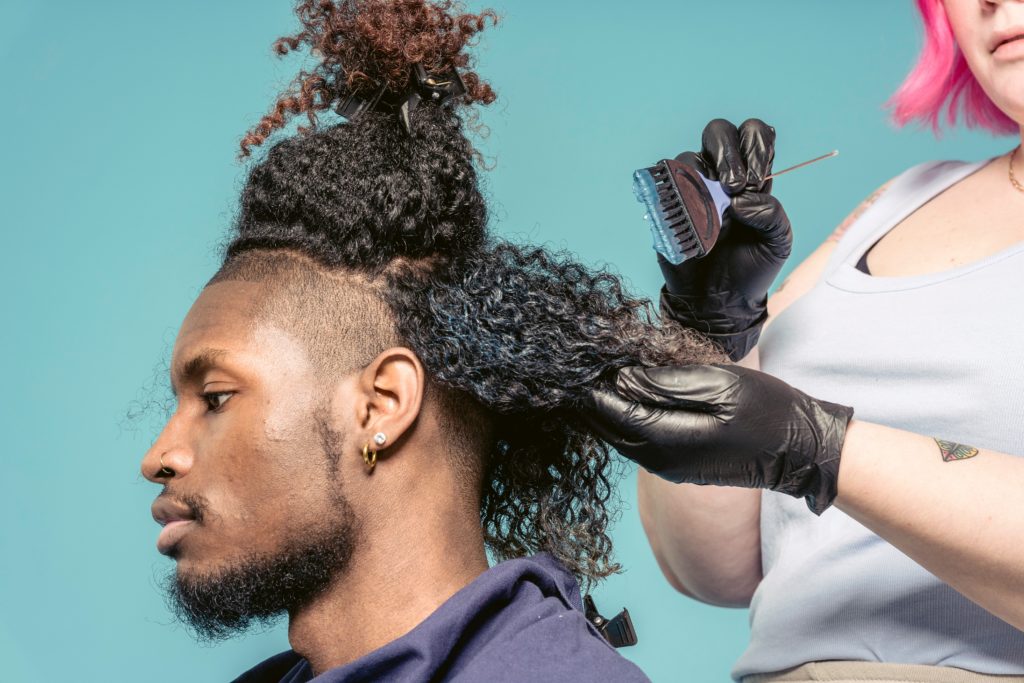
Dyeing your hair doesn’t always result in the exact color you envisioned, but these unexpected outcomes can teach valuable lessons in self-acceptance and embracing uniqueness. Consider the following points:
- Color variations: Factors such as your natural hair color, hair porosity, and previous hair treatments can influence how the dye interacts with your hair. Embrace the uniqueness of the color outcome, even if it deviates from your initial expectations. Sometimes, the unexpected can lead to a stunning new look.
- Letting go of perfection: Hair color does not define your identity or worth. Embrace the imperfections and variations, as they add character and individuality to your overall appearance.
- Experimentation and self-expression: View unexpected outcomes as an opportunity for experimentation and self-expression. If the color is not what you desire, consider incorporating different styling techniques or accessories to enhance the overall look and make it your own.
Lesson 5: Patience Is Key
Dyeing hair is a journey that requires patience and realistic expectations. Keep the following in mind:
- Multiple sessions for desired results: Achieving your desired hair color may require multiple dyeing sessions, especially when transitioning to significantly lighter or darker shades. Understand that reaching your desired color may take time, and be prepared for the process.
- Allowing dye to develop: After applying the dye, it’s crucial to allow sufficient time for the color to develop and settle. Avoid rushing to judgment immediately after dyeing, as the final result may differ from the initial appearance.
- Fading and touch-ups: Hair color fades over time, particularly with washes and exposure to the sun. Be prepared for regular touch-ups or adjustments to maintain the vibrancy of your chosen color. Consider using color-depositing products or scheduling touch-up appointments to keep your hair color looking fresh.
Conclusion
Dyeing your hair is a transformative experience that extends beyond the world of aesthetics. Through my own journey, I learned five hard lessons that have shaped my perspective on hair care, self-expression, and self-acceptance. Remember, hair dyeing is not just about the final color; it’s about the journey and the growth it brings.
FAQs
1. Can I dye my hair at home without professional assistance?
While dyeing your hair at home is possible, it’s advisable to seek professional assistance for the best results. Professionals have the expertise to assess your hair’s condition, choose suitable products, and minimize the risk of damage or uneven color application.
2. How often should I touch up my dyed hair?
The frequency of touch-ups depends on various factors, such as the rate of hair growth and the contrast between your natural color and the dye. On average, touch-ups are recommended every 4-6 weeks to maintain consistent color and prevent visible roots.
3. How can I minimize hair damage caused by dyeing?
To minimize damage, prioritize hair care practices such as deep conditioning treatments, using color safe products, minimizing heat styling, and regular trims to remove split ends. Additionally, avoid overlapping dye applications and follow proper dyeing techniques to prevent excessive chemical damage.
4. What should I do if I don’t like the color outcome after dyeing my hair?
If you’re unhappy with the color outcome, it’s best to consult a professional hairstylist for guidance. They can suggest solutions such as color correction or adjusting the shade to achieve a more desirable result. Avoid attempting DIY color corrections, as they can further damage your hair.
5. Can I dye my hair a drastically different color in one session?
Achieving a drastic color change in one session may not always be feasible, especially if you’re transitioning to a much lighter or darker shade. It often requires multiple sessions to achieve the desired result while maintaining hair health. Your hairstylist can provide a realistic timeline and strategy for your specific hair color goals.
6. Is it necessary to use color-safe hair products after dyeing my hair?
Yes, using color-safe hair products is highly recommended to preserve the vibrancy and longevity of your hair color. Color-safe shampoos, conditioners, and styling products are specially formulated to protect the dye and minimize color fading.
7. How can I minimize the risk of allergic reactions to hair dye?
Performing a patch test is crucial before dyeing your hair. Apply a small amount of the dye mixture on a small section of your skin (typically behind the ear or on the inner arm) and wait for 24-48 hours to check for any adverse reactions. If you experience itching, redness, or irritation, refrain from using the product and consult a dermatologist.
8. Can I go back to my natural hair color after dyeing?
Returning to your natural hair color depends on various factors, including the current color, dyeing technique, and the condition of your hair. It may require professional color correction or a gradual transition through techniques like color fading or highlights. Consulting a hairstylist can provide personalized advice based on your specific circumstances.

